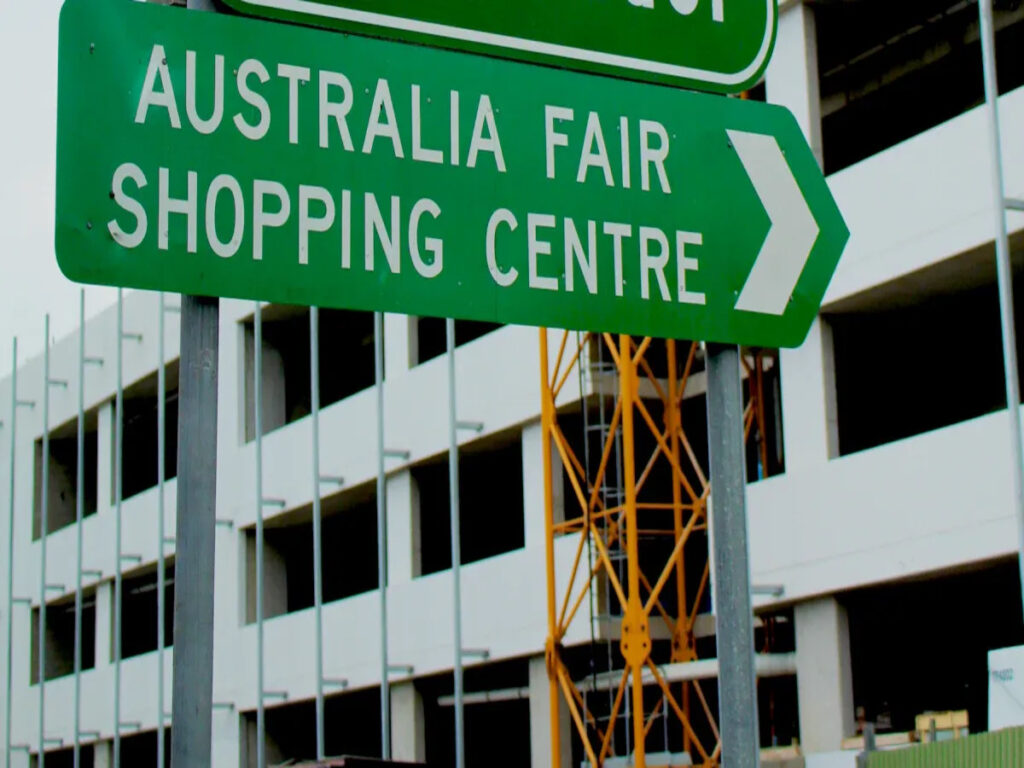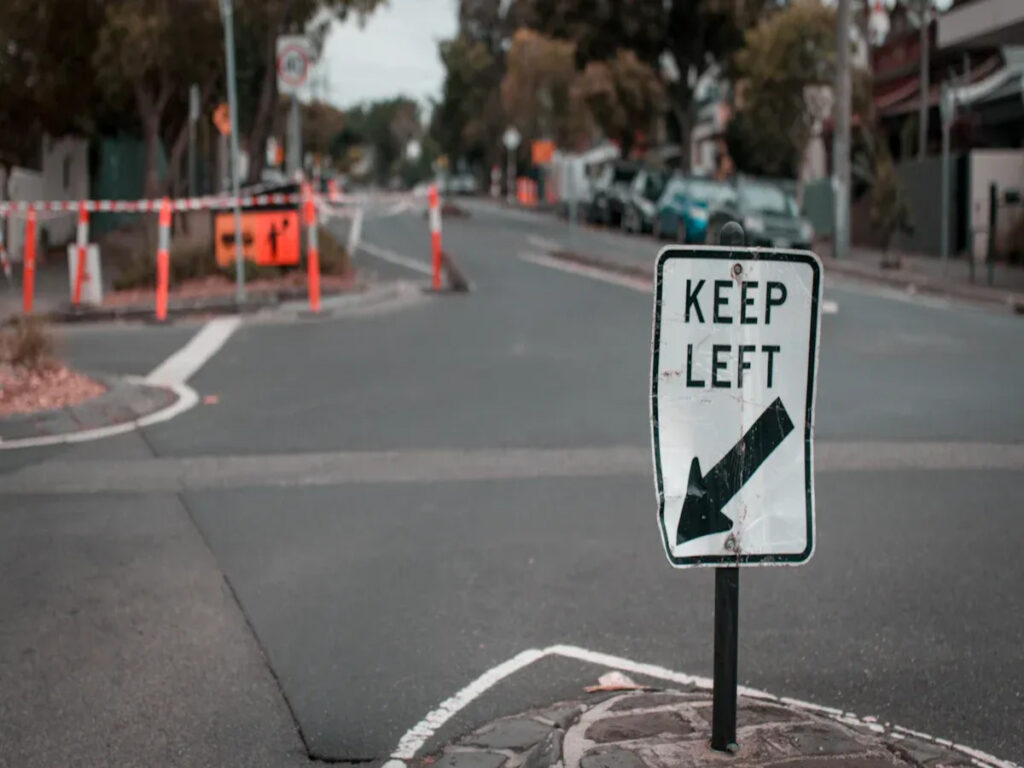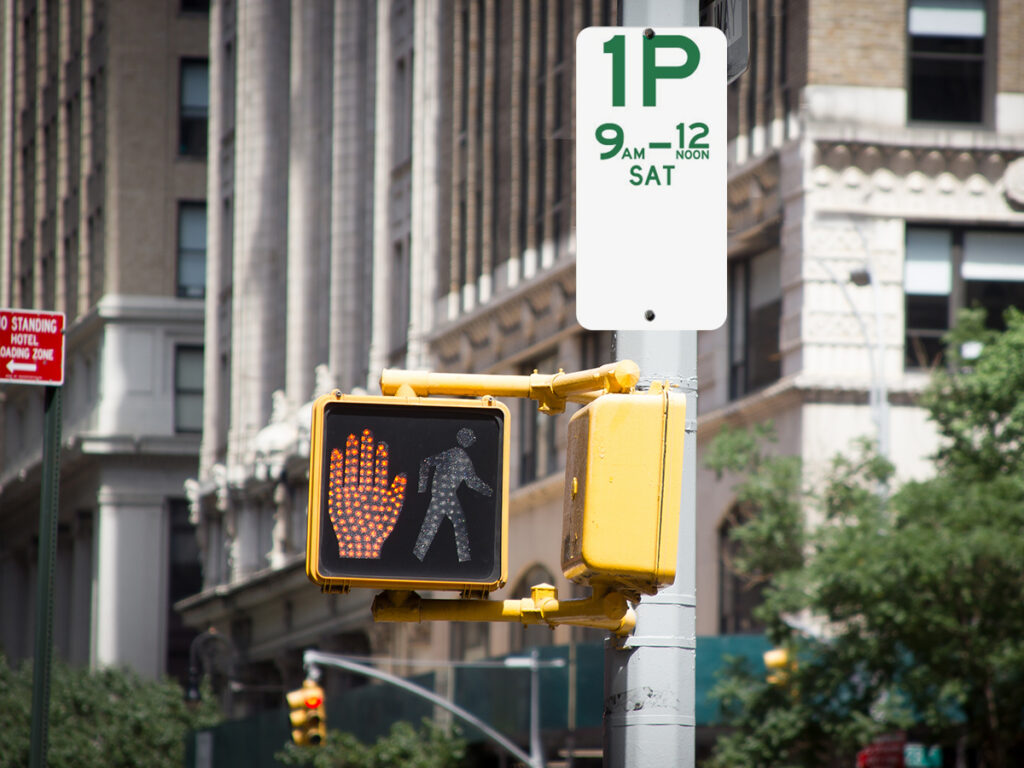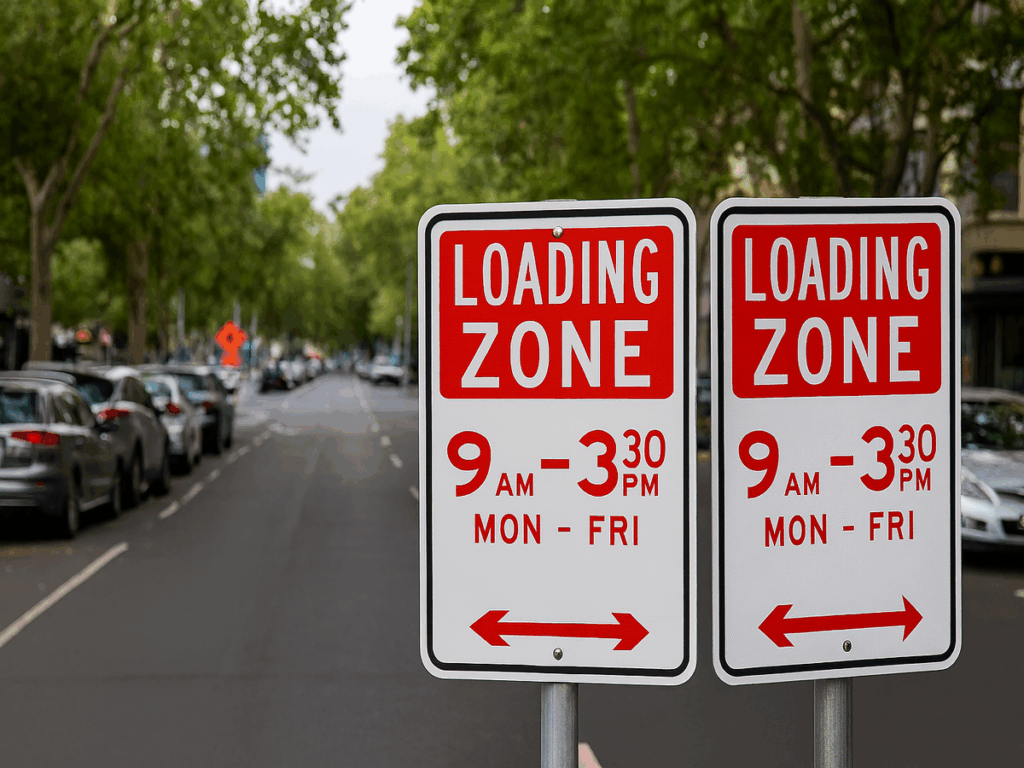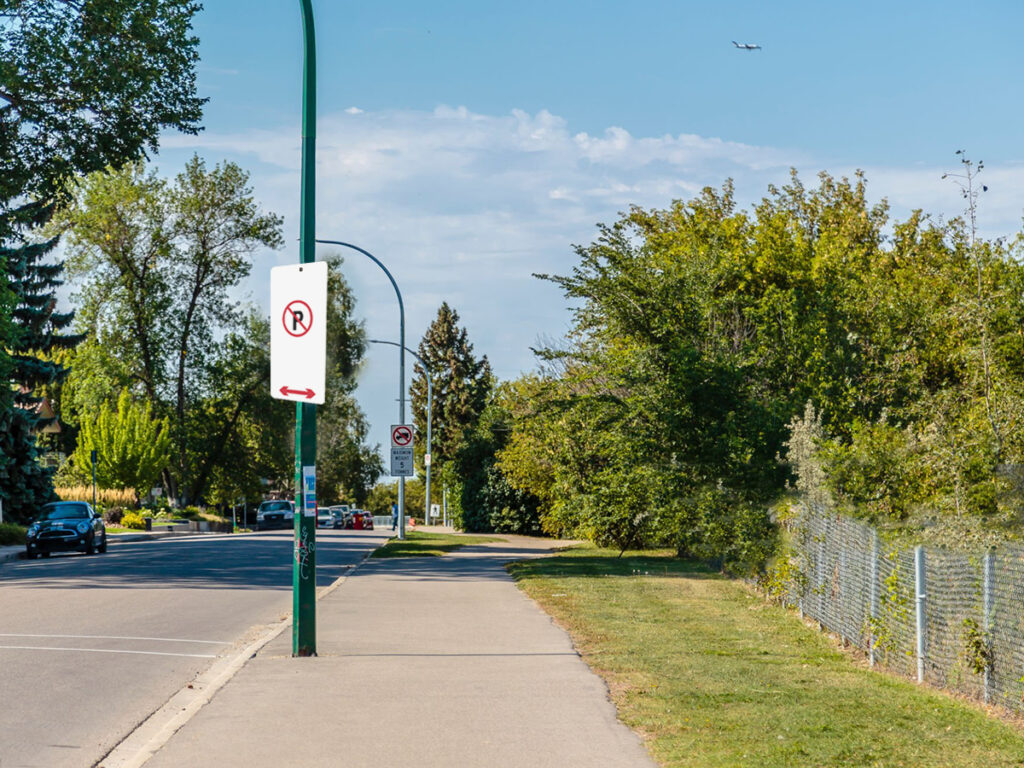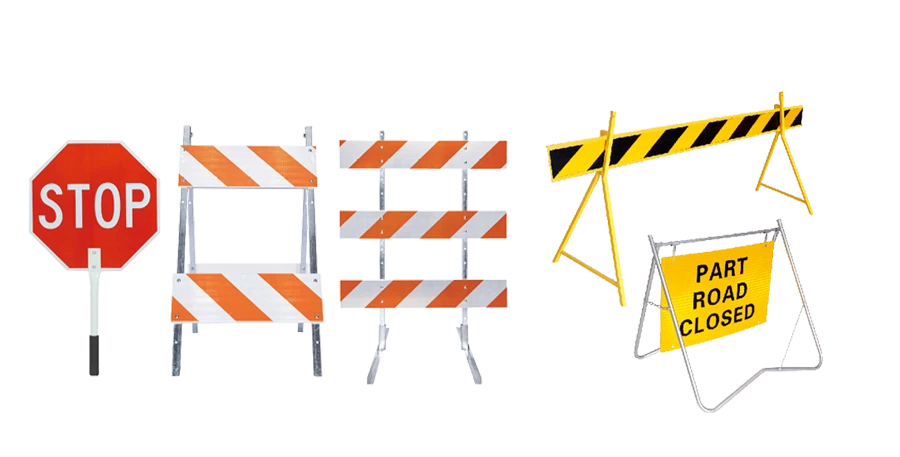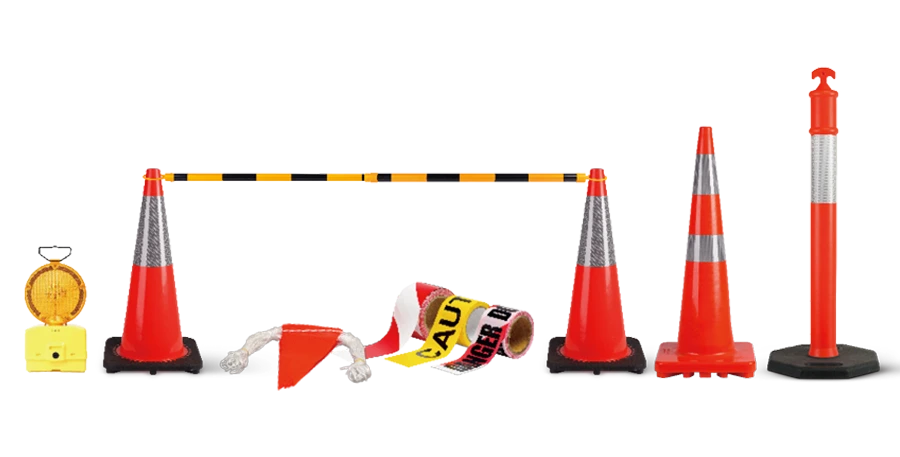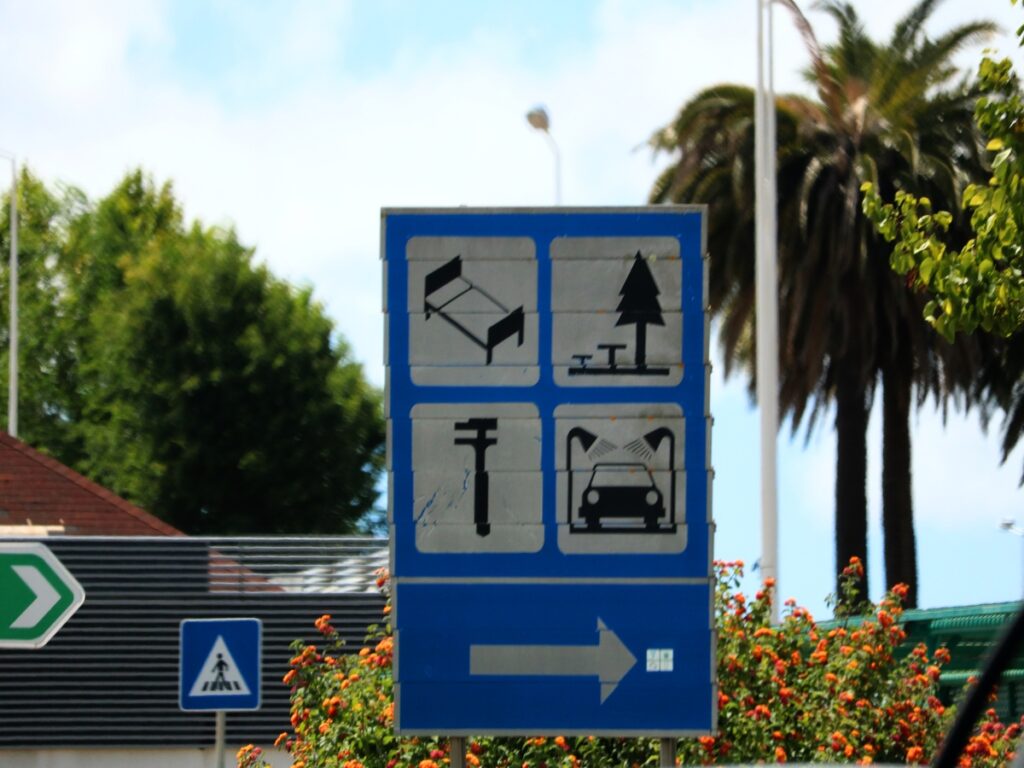
In complex traffic environments—like roadworks, मार्ग-परिवर्तन, or intersections—drivers are often bombarded with signs. When traffic safety signs appear too quickly or without order, it creates confusion, delays reactions, and increases accident risks. इससे बचने के लिए, many traffic authorities use multi-message sign frames that combine several important messages into a single, clear structure.
But putting multiple signs on one frame isn’t enough. The key to safety is how those signs are arranged, prioritized, and spaced. Well-organized layouts help drivers react faster, understand instructions better, and stay compliant. When done right, multi-message frames can reduce confusion, improve traffic flow, and prevent crashes.
In this guide, we’ll show you how to combine traffic safety signs effectively in multi-message sign frames— from choosing the right messages to organizing them in a logical visual order. You’ll learn how to maximize clarity while keeping roads safe for everyone.
चाबी छीनना
- Easy-to-read signs are key for safe roads. They help drivers act fast and avoid crashes.
- Arrange signs in order. Put the main message first to lead drivers clearly.
- Use the same symbols, colours, and writing style. Simple designs let drivers understand signs quickly.
- Make sure signs can be seen at night. Use shiny materials and keep them clean to stand out.
- Check and fix signs often. Clean them regularly so they stay clear and useful.
Importance of Clarity in Multi-Message Sign Frames
Role of clarity in preventing accidents
Clear traffic signs help keep roads safe for everyone. Easy-to-read signs let drivers act quickly and correctly. उदाहरण के लिए, a clear “Stop” sign tells you when to halt. This reduces confusion and stops accidents from happening. Multi-message signs, when arranged well, show instructions clearly. They highlight key details first, helping drivers react fast in tricky situations.
ऑप्टट्रैफ़िक offers a wide selection of high-visibility traffic signs designed to meet safety standards and real-world conditions. Whether you need signs for construction zones, school crossings, or city intersections, OPTRAFFIC traffic safety signs are built for clarity, टिकाऊपन, and compliance. Browse our signs for sale today and find the right fit for your traffic needs.
Impact of unclear signage on driver behaviour
Confusing signs can lead to unsafe driving choices. If a sign is messy or hard to read, drivers may miss important details. This can cause sudden stops, wrong turns, or crashes. उदाहरण के लिए, a sign with mixed messages might leave you unsure about slowing down or changing lanes. Drivers often glance quickly at signs to decide. Poorly designed signs disrupt this process, making mistakes more likely.
Benefits of well-organised multi-message signs
Organised signs make driving easier and safer. They show information step by step, so drivers know what to do. उदाहरण के लिए, a roadwork sign might warn about repairs, then show a lane closure, and finally give a speed limit. This order helps drivers prepare for changes ahead. Clear signs also lower stress and improve traffic flow. When instructions are simple, drivers can focus on the road instead of figuring out confusing signs.
बख्शीश: To find out which multi-message frame best fits your traffic scenario—whether for construction zones, मार्ग-परिवर्तन, or urban streets—check out our guide: How to Choose the Right Multi-Message Frame for Different Traffic Needs.
Principles for Effective Multi-Message Sign Frames
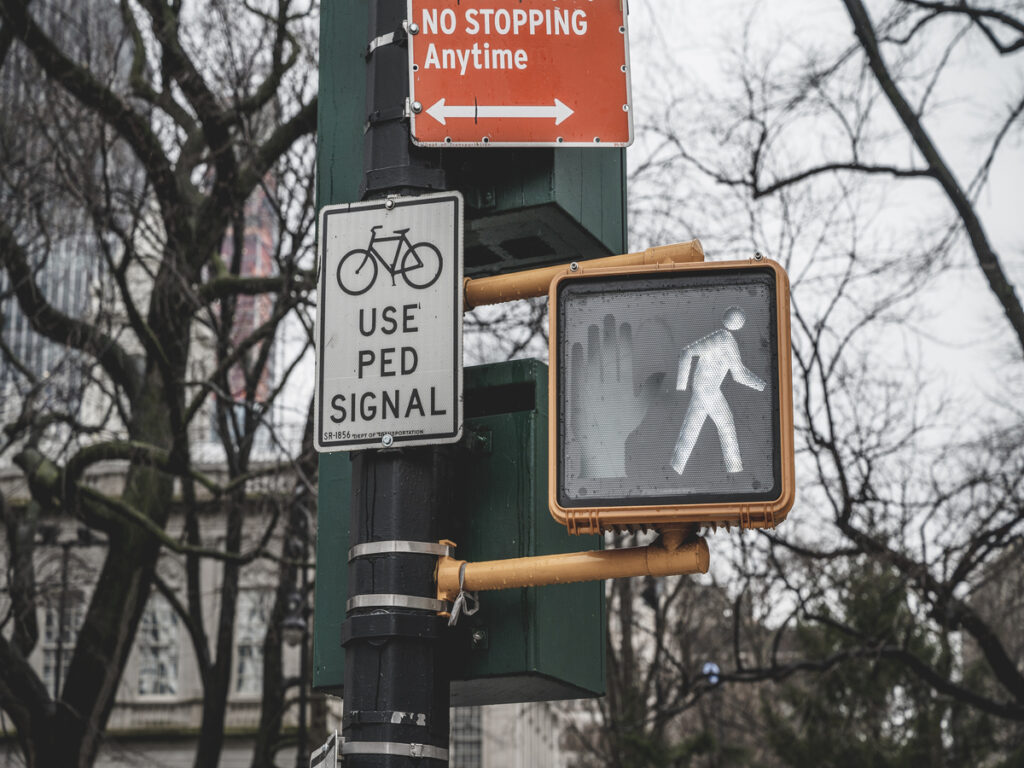
Focusing on the most important details
When making multi-message sign frames, show key details first. Drivers have only a few seconds to read signs while driving. Put critical warnings or instructions at the top of the frame. उदाहरण के लिए, “Roadworks Ahead” should be above speed limits or lane closures. This helps drivers notice dangers before adjusting speed or position.
Showing important details first also makes thinking easier. Clear steps let drivers understand one thing at a time. This improves reaction times and lowers mistakes. Always ask: what must the driver know first to stay safe?
Arranging signs in a clear order
How you place signs in a frame is important. Drivers read from top to bottom and left to right. This matches how people naturally read, making signs easier to follow. उदाहरण के लिए, a construction sign might start with a warning, then rules, and end with a speed limit.
Placing signs logically helps drivers act step by step. Each message should connect to the next one. Don’t put unrelated messages side by side, as this confuses drivers. बजाय, group similar information together. This keeps the frame neat and simple to understand.
Using consistent symbols, colours, and fonts
Using the same symbols, colours, and fonts makes signs clear. Standard designs help drivers understand messages quickly, even at a glance. उदाहरण के लिए, a red circle means “don’t do this,” and a yellow triangle means “warning.” These familiar designs work everywhere, कोई बात नहीं भाषा.
International rules like ISO 7010 and ISO 3864 guide sign designs. These rules suggest colours, shapes, and symbols for clear and consistent signs. Below are some key standards:
| मानक | विवरण |
|---|---|
| आईएसओ 7010 | Sets global rules for hazard symbols, using standard colours and shapes. |
| आईएसओ 3864 | Explains how to use colours in safety signs for clear meaning without words. |
The ISO House Style also gives rules for colours and fonts. These rules make sure signs are clear and easy to read:
| Document | दिशा-निर्देश |
|---|---|
| ISO House Style | Gives rules for colours and fonts to keep signs clear and precise. |
इन नियमों का पालन करके, you make signs that look good and are easy to understand. This improves road safety and meets industry standards.
Designing Multi-Message Sign Frames
Using size and colour for clear importance
When making multi-message sign frames, show key details clearly. Bigger parts grab attention first, so use them for warnings. उदाहरण के लिए, ए “Roadworks Ahead” sign should be bigger than a speed limit sign below it. This size difference shows what is most important.
Bright colours like red or yellow also help signs stand out. These colours make sure drivers notice urgent messages quickly. Bold letters or black borders around signs can make them even clearer. Without this order, all signs look equally important, which can confuse drivers.
बख्शीश: Use big sizes and bright colours to show importance. This helps drivers understand signs step by step.
Keeping space and alignment for easy reading
Good spacing and alignment make signs simple to read. If signs are too close, they can confuse drivers, especially at high speeds. Leaving gaps, पसंद 50 मिमी, makes each sign clear and easy to see.
Aligning text to the left helps drivers read faster. It gives a clear starting point for each line. Text that is spread out evenly can be harder to follow. Keeping text neat and aligned lowers confusion and helps drivers focus on the road.
टिप्पणी: Think of alignment as a way to guide the eyes. Smooth text flow makes reading easier for drivers.
Making signs visible at night
Signs must be easy to see at night. Retroreflective materials bounce light from car headlights back to drivers. This makes signs brighter and easier to spot in the dark. High-quality retroreflective materials, like RA2, work well for important signs.
Studies show that reflective signs help drivers read them sooner. Bright signs are easier to see from far away, reducing sudden stops or missed instructions. उदाहरण के लिए, higher brightness levels improve reading time at night.
बख्शीश: Clean reflective signs often to keep them bright. Dirt can block light and make signs harder to see at night.
Real-World Examples of Multi-Message Sign Frames
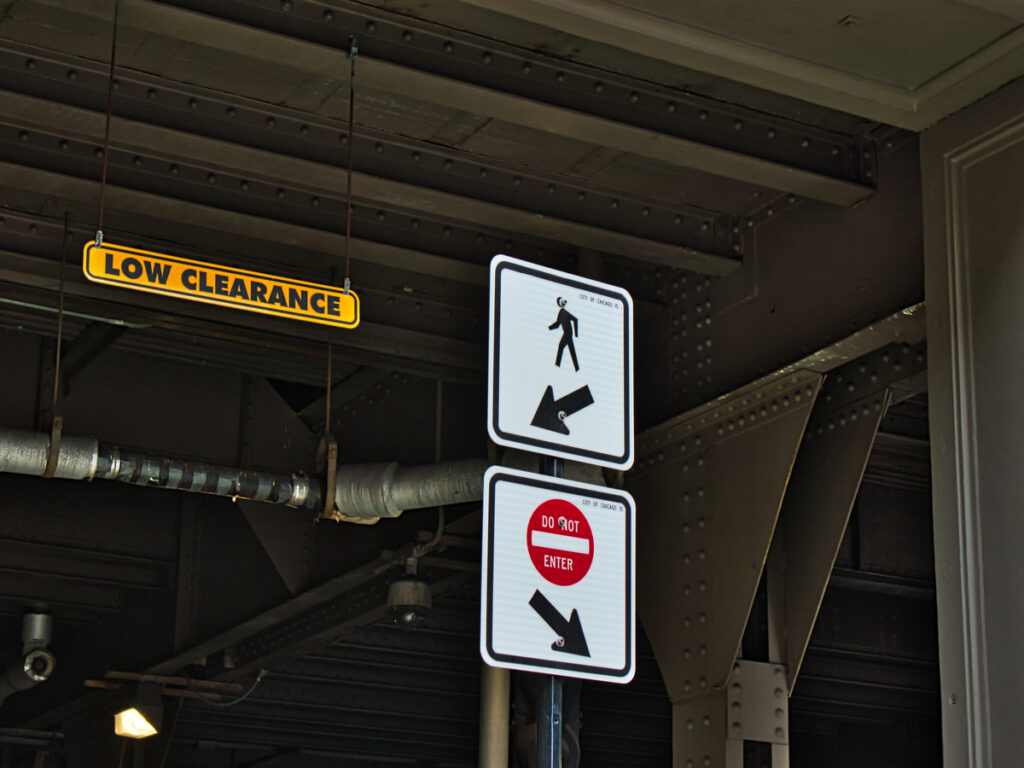
Construction zone signage: चेतावनी, regulatory, and speed limit signs
Construction zones need drivers to decide quickly. Multi-message sign frames help by showing details step by step. उदाहरण के लिए, a frame might include:
- ए warning sign at the top, पसंद “Roadworks Ahead”.
- ए regulatory sign in the middle, जैसे कि “Lane Closed”.
- ए speed limit sign at the bottom, पसंद “40 किमी/घंटा”.
This order helps drivers see the danger first, then the rules, and finally adjust speed. A test in Melbourne showed this setup cut rear-end crashes by 35%. Organising signs this way makes high-risk areas safer and less confusing.
School zone signage: children crossing, speed limit, and flashing beacons
School zones need extra care. Combining crossing signs, रफ्तार का प्रतिबंध, and flashing lights boosts safety. Research shows their benefits:
- Flashing school signs can slow drivers by seven miles per hour.
- पर 20 MPH, pedestrians have a 95% chance of surviving crashes.
- Rectangular Rapid Flashing Beacons (RRFBs) make drivers stop 96% more often.
- Radar speed signs can reduce speeds by nine miles per hour.
Using these tools together makes school zones safer for kids. It also reminds drivers to stay alert.
बख्शीश: Check flashing lights and radar signs often. This keeps them working well and effective.
Event traffic control: no parking, detour, and tow-away zone signs
Big events can mess up normal traffic. Multi-message sign frames guide drivers clearly. A typical setup might include:
- ए regulatory sign पसंद “पार्किंग नहीं” to show rules.
- An informational sign जैसे कि “Detour →” to give directions.
- ए warning sign पसंद “Tow-Away Zone” to stress consequences.
This setup improves traffic flow and reduces jams. उदाहरण के लिए, during a Sydney festival, these signs made traffic move 30% smoother. Clear signs make managing event traffic easier and less stressful.
Implementation Tips for Multi-Message Sign Frames
Flexible layouts for easy changes
Modular layouts let you change signs for different needs. You can move or replace signs without changing the whole frame. उदाहरण के लिए, in roadworks, you might update speed limits or lane closures as work changes. Modular frames make these updates quick and simple.
This design is also useful for emergencies or events. You can switch signs to show new rules or directions. This keeps drivers informed and safe. Modular layouts save time and money while improving road safety.
बख्शीश: Use slide-in frames to easily rearrange sign pieces. This helps you update messages quickly.
Keeping enough space between signs
Good spacing makes signs easier to read. If signs are too close, drivers may get confused, especially at high speeds. A gap of 50 mm between signs helps each message stand out. This spacing lets drivers understand one step at a time.
Aligning signs properly also helps. Place signs in a straight line, either up and down or side to side. This guides drivers’ eyes naturally and makes important messages clear.
टिप्पणी: Test your sign frames at different speeds to check if the spacing works well.
Cleaning reflective signs often
Dirty reflective signs don’t work well. Clean them often to keep them bright, खासकर रात में या खराब मौसम में. Reflective materials, like those on traffic signs, need clean surfaces to reflect light back to drivers. Dirt can block this, making signs harder to see.
| Benefits of Cleaning Reflective Signs |
|---|
| Regular cleaning keeps signs working well in tough conditions. |
| Cleaning removes dirt that blocks the reflective surface. |
| Clean signs are easier to see, especially in low light or at night. |
Check your signs often and clean them as part of regular care. This small task can greatly improve how well your signs work.
बख्शीश: Use a soft cloth and gentle soap to clean reflective signs without harming them.
Putting the most important details first, organising signs clearly, and using a simple visual order are key for good multi-message sign frames. These steps help drivers understand road rules quickly, सड़कों को सुरक्षित बनाना. By following these ideas, you can reduce accidents and improve traffic flow.
Here’s an easy checklist for designing signs:
- Put warnings at the top so they stand out.
- Use the same symbols, colours, and fonts for easy reading.
- Leave enough space and align signs neatly for clarity.
- Make sure signs reflect light for night-time use.
- Check and clean signs often to keep them working well.
याद करना: Clear signs save lives. Design them to share messages clearly.
Understanding how to arrange traffic signs is only part of the bigger picture. To see how different types of sign frames are classified—and what roles they play in various traffic environments—explore our guide: Understanding Road Sign Frame Classification and Their Functional Roles.
अक्सर पूछे जाने वाले प्रश्न
What is the best way to prioritise information in multi-message sign frames?
Put the most important details at the top. उदाहरण के लिए, warnings like “Roadworks Ahead” should come first. This helps drivers see urgent messages before other instructions. Use bright colours and large sizes to make key points stand out.
How can you ensure signs are visible at night?
Use materials that reflect light, like RA2. These bounce car headlights back, making signs brighter and easier to spot. Clean them often to keep them working well and clear.
Why is spacing between signs important?
Spacing stops signs from looking messy and hard to read. A gap of 50 mm between signs helps drivers understand each message clearly. Straight alignment also makes reading easier, even at fast speeds.
Can modular layouts be used for temporary traffic control?
हाँ, modular layouts work well for temporary signs. You can move or change signs quickly to match new needs. This saves time and keeps drivers informed with updated messages.
How do standardised symbols improve road safety?
Standard symbols, colours, and fonts are easy to recognise. Drivers understand them quickly, even in new places. Using global rules like ISO 7010 keeps signs clear and consistent everywhere.

